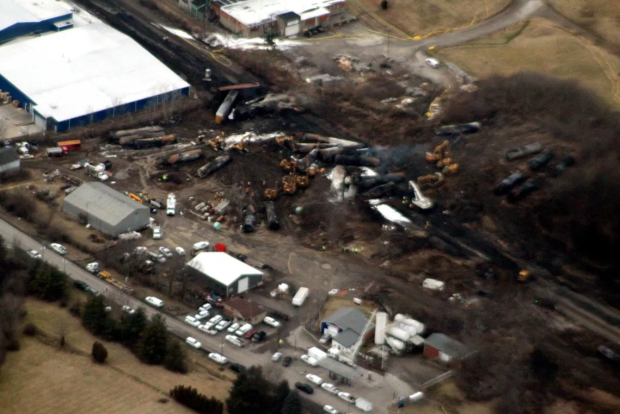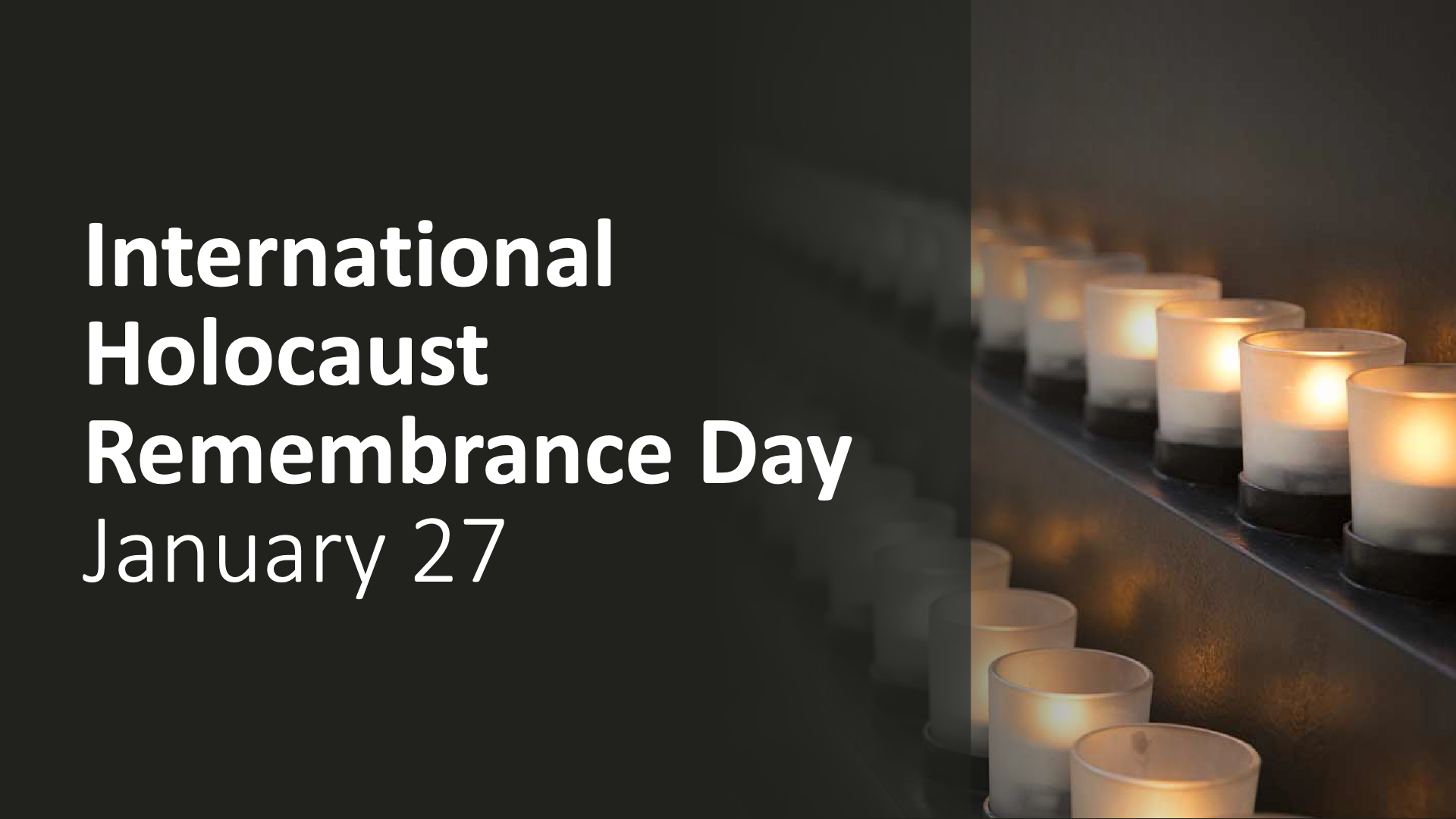A Look Into The Hells Angels Subculture

Table of Contents
A History of the Hells Angels Subculture
Early Years and Origins
The Hells Angels Motorcycle Club's story begins in 1948 in San Bernardino, California. The initial members, predominantly World War II veterans, were drawn together by a shared love of motorcycles and a rebellious spirit. Early Hells Angels activities centered around motorcycle rides, camaraderie, and a distinct rejection of mainstream societal norms.
- Location of founding: San Bernardino, California
- Initial membership demographics: Primarily World War II veterans
- Early club activities: Motorcycle rides, social gatherings, and a nascent sense of brotherhood.
These early years laid the foundation for the Hells Angels Motorcycle Club's identity, establishing a pattern of defiance and a strong sense of group loyalty that would define its future. The origins of the Hells Angels are rooted in post-war disillusionment and a desire for freedom outside the established order.
Growth and Expansion
From its humble beginnings in California, the Hells Angels Motorcycle Club experienced significant growth and expansion throughout the United States and internationally. Key periods of growth included the 1950s and 60s, fueled by the burgeoning counterculture movement and the increasing popularity of motorcycles. The establishment of chapters across the country and later abroad solidified the club's presence as a global entity.
- Key periods of growth: 1950s and 1960s
- Establishment of chapters: A strategic expansion across the US and into other countries.
- Geographical spread of the Hells Angels: From California to a global network of chapters.
This expansion wasn't without conflict. Territorial disputes and rivalries with other motorcycle clubs contributed to the Hells Angels' reputation for violence and lawlessness. The international Hells Angels presence further complicated law enforcement efforts to monitor and control their activities.
Evolution of the Hells Angels Identity
The Hells Angels' image and activities have evolved significantly over time. While their core values of brotherhood and rebellion have remained relatively constant, their membership criteria, symbolism, and even their criminal activities have adapted to societal changes and law enforcement crackdowns.
- Changes in membership criteria: Increased emphasis on loyalty, commitment, and a willingness to participate in club activities.
- Evolution of club symbolism: Refinement and standardization of the iconic death head logo and other insignia.
- Adaptation to societal changes: The club has attempted to maintain relevance in a changing world, even as their image remains largely unchanged.
Understanding the evolution of the Hells Angels identity is crucial to understanding the complexities of the subculture and its enduring appeal.
Symbols and Iconography of the Hells Angels Subculture
The Death Head
The iconic death head logo is arguably the most recognizable symbol of the Hells Angels subculture. Its origins are debated, but the skull's imagery evokes rebellion, death, and danger—reflecting the club's outlaw image and challenging societal norms. Variations of the logo exist, with some chapters incorporating specific details or modifications.
- Origins of the logo: The exact origins are unclear, but it's widely believed to symbolize defiance and rebellion.
- Interpretations of its symbolism: Rebellion, death, danger, and a disregard for societal norms.
- Variations of the logo: Minor variations in design exist amongst different chapters.
The Hells Angels logo is more than just a symbol; it's a powerful visual representation of the club's identity and values.
Colors and Patches
Colors and patches within the Hells Angels' hierarchy play a vital role in signifying rank, status, and membership within the club. Different colors and specific patches carry significant meaning, denoting achievements, roles, and seniority. This intricate system of insignia reinforces the club's internal structure and reinforces their collective identity.
- Different colors and their meanings: Specific colors denote different chapters or ranks.
- Significance of specific patches: Patches indicate achievements, roles, and time spent in the club.
- Use of patches to denote rank and status: A visual hierarchy within the organization.
The meticulous use of colors and patches in the Hells Angels subculture demonstrates the importance of visual communication and status within the organization.
Criminal Activities and Legal Issues Associated with the Hells Angels Subculture
Allegations of Criminal Activity
The Hells Angels Motorcycle Club has a long and well-documented history of involvement in various criminal activities. These allegations, often supported by evidence, include:
- Drug trafficking: The club has been linked to the production, distribution, and sale of illegal narcotics.
- Violence: The use of violence to settle disputes, intimidate rivals, and protect their interests.
- Racketeering: Engaging in organized crime and illicit business practices.
- Money laundering: Concealing the origins of illegally obtained funds.
These allegations have led to numerous arrests, convictions, and extensive law enforcement investigations.
Law Enforcement Response
Law enforcement agencies worldwide have responded to the Hells Angels' criminal activities through various strategies, including:
- Infiltration tactics: Undercover operations to gather intelligence and evidence.
- Large-scale raids: Simultaneous raids on multiple chapters to disrupt operations and make arrests.
- Legal challenges: Using legal means to dismantle the club's infrastructure and prosecute members.
The successes and failures of these strategies are subject to ongoing debate, highlighting the enduring challenge posed by the Hells Angels' organization and their ability to adapt and evade law enforcement. Hells Angels investigations often require extensive resources and coordination between different agencies.
The Hells Angels Subculture in Popular Culture
Media Portrayals
The Hells Angels have been a frequent subject of books, films, and television shows, often portrayed as rebellious outlaws, or romanticized figures. These portrayals, however, are often highly contrasting, ranging from negative depictions focused on their criminal activities to more positive portrayals that focus on their motorcycle culture and sense of camaraderie.
- Examples of media portrayals (positive and negative): Many films and documentaries explore different facets of the club.
- Impact of these portrayals on public perception: Shaping public perception and fueling both fascination and fear.
Media representations of the Hells Angels have significantly contributed to both their notoriety and mystique.
Conclusion
The Hells Angels subculture represents a fascinating, yet often troubling, aspect of American and global history. From its origins as a motorcycle club to its complex involvement in criminal activities and its pervasive presence in popular culture, the Hells Angels have left an undeniable mark. Understanding their history, symbolism, and activities is crucial to comprehending the intricate dynamics of outlaw biker gangs and the ongoing challenges they present to law enforcement and society. To delve deeper into this compelling and controversial topic, continue researching the Hells Angels subculture and its multifaceted impact.

Featured Posts
-
 Hells Angels Power Influence And Operations
May 26, 2025
Hells Angels Power Influence And Operations
May 26, 2025 -
 Investigation Into Lingering Toxic Chemicals From Ohio Train Derailment
May 26, 2025
Investigation Into Lingering Toxic Chemicals From Ohio Train Derailment
May 26, 2025 -
 Holocaust Remembrance Day Meta Israels Instagram Project Features Israeli Celebrities
May 26, 2025
Holocaust Remembrance Day Meta Israels Instagram Project Features Israeli Celebrities
May 26, 2025 -
 Community Mourns Hells Angels Member Craig Mc Ilquham At Sunday Service
May 26, 2025
Community Mourns Hells Angels Member Craig Mc Ilquham At Sunday Service
May 26, 2025 -
 A Persistencia De Nome Do Filme 20 Anos De Impacto Cultural
May 26, 2025
A Persistencia De Nome Do Filme 20 Anos De Impacto Cultural
May 26, 2025
